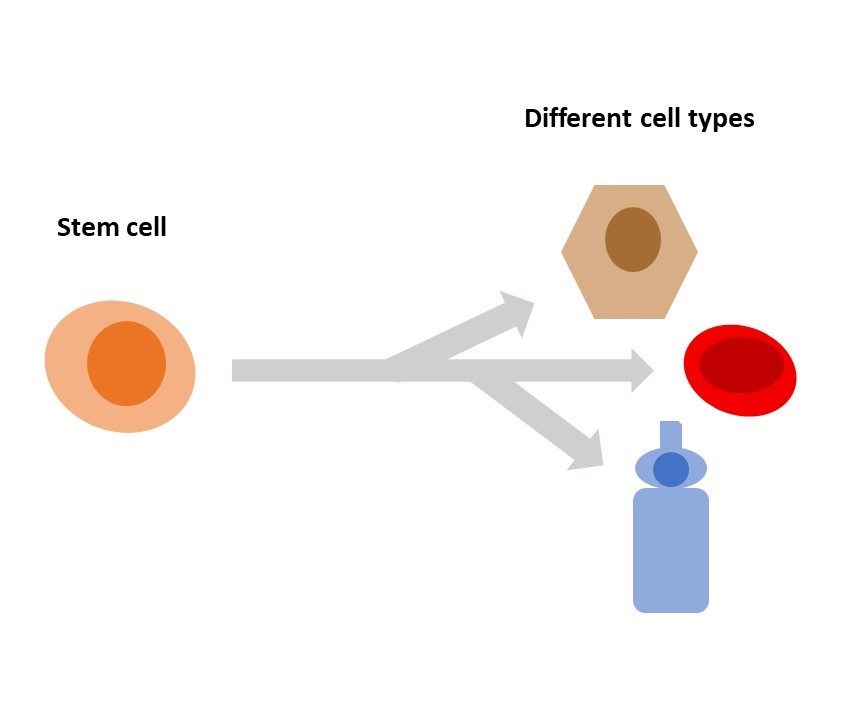Table of Contents

[/image][=video]
[/video]
There are many kinds of stem cells. In basic, the term stem cell describes a classification of cells that generate various other cells (like skin, blood, heart, and muscle cells) by reproducing and setting apart in response to chemical hints. Totipotent stem cells appear at the earliest stage of development and are the only stem cells which can create embryonic stem cells and the placenta.
Bone marrow transplant (BMT) is an unique treatment for patients with particular cancers cells or other conditions. A bone marrow transplant includes taking cells that are usually located in the bone marrow (stem cells), filtering system those cells, and providing back either to the benefactor (person) or to another individual. The objective of BMT is to transfuse healthy and balanced bone marrow cells right into a person after his/her very own undesirable bone marrow has actually been treated to eliminate the irregular cells.
Bone marrow is the soft, squishy cells located inside bones. It is where many of the body's blood cells create and are saved. The blood cells that make other blood cells are called stem cells. One of the most primitive of the stem cells is called the pluripotent stem cell. This is different than various other blood cells with respect to the following residential properties: It is able to recreate an additional cell similar to itself.
It is the stem cells that are needed in bone marrow transplant. The objective of a bone marrow transplant is to treat numerous conditions and types of cancer cells. When the dosages of chemotherapy or radiation needed to heal a cancer are so high that an individual's bone marrow stem cells will certainly be permanently damaged or destroyed by the treatment, a bone marrow transplant might be required.
Regenerative Therapy
This procedure is usually called rescue. Change bone marrow with genetically healthy and balanced operating bone marrow to prevent even more damages from a genetic illness process (such as Hurler's syndrome and adrenoleukodystrophy). The dangers and advantages must be weighed in a thorough discussion with your doctor and experts in bone marrow transplants prior to the procedure.
There are various sorts of bone marrow transplants depending on who the contributor is. The various kinds of BMT include the following: The contributor is the person himself or herself. Stem cells are taken from the individual either by bone marrow harvest or apheresis (a procedure of gathering outer blood stem cells), frozen, and then repaid to the individual after extensive therapy.
The donor shares the same genetic kind as the individual. Stem cells are taken either by bone marrow harvest or apheresis from a genetically matched donor, usually a sibling or sibling. Other contributors for allogeneic bone marrow transplants might consist of the following: A haploid-identical match is when the donor is a moms and dad and the hereditary suit is at least half the same to the recipient.

Matching includes inputting human leukocyte antigen (HLA) tissue. The antigens externally of these special leukocyte establish the hereditary make-up of a person's body immune system. There are at the very least 100 HLA antigens; nonetheless, it is thought that there are a few major antigens that identify whether a contributor and recipient suit.
Clinical research study is still examining the role all antigens play in the process of a bone marrow transplant. The even more antigens that match, the much better the engraftment of given away marrow. Engraftment of the stem cells happens when the contributed cells make their means to the marrow and begin making brand-new blood cells.
Menopause Treatment
All individuals work with each other to provide the most effective opportunity for a successful transplant. The team consists of the following: Healthcare providers that specialize in oncology, hematology, immunology, and bone marrow hair transplant. A registered nurse who organizes all aspects of care given prior to and after the transplant. The registered nurse coordinator will certainly offer patient education, and collaborates the analysis screening and follow-up care.
Specialists that will certainly help you satisfy your dietary demands prior to and after the transplant. Numerous other team members will certainly evaluate you prior to transplantation and will offer follow-up care as needed.

A complete clinical background and physical examination are carried out, consisting of multiple examinations to examine the individual's blood and body organ functions (for instance, heart, kidney, liver, and lungs). A patient will frequently enter the transplant facility approximately 10 days before transplant for hydration, assessment, positioning of the central venous line, and other prep work.
Blood items and medicines will certainly be given via the catheter during treatment. For an allogeneic transplant, an appropriate (tissue typed and matched) donor needs to be readily available. Locating a matching benefactor can be a difficult and prolonged procedure, specifically if a sibling suit is not available. Voluntary marrow donors are registered in a number of national and international pc registries.
Contributor sources readily available consist of: self, brother or sister, moms and dad or family member, nonrelated person, or umbilical cord from a related or nonrelated individual. There are nationwide and international windows registries for nonrelated people and cable blood.
Perimenopause Treatment local to Lincoln Park, Michigan
Tests associated to his or her health, direct exposure to viruses, and hereditary evaluation will be done to figure out the extent of the suit. The donor will be provided directions on how a bone marrow contribution will certainly be made. As soon as a suit for a patient needing a bone marrow transplant is located, then stem cells will be collected either by a bone marrow harvest.
Or by a peripheral blood stem cell collection. This is where stem cells are collected from the distributing cells in the blood.
Navigation
Latest Posts
Menopause Treatment
Menopause Treatment
Menopause Treatment in Lincoln Park